The Trial That Gave Vodou A Bad Name
An 1864 case that ended with the execution of eight Haitians for child murder and cannibalism has helped define attitudes toward the nation and the religion ever since
![]()
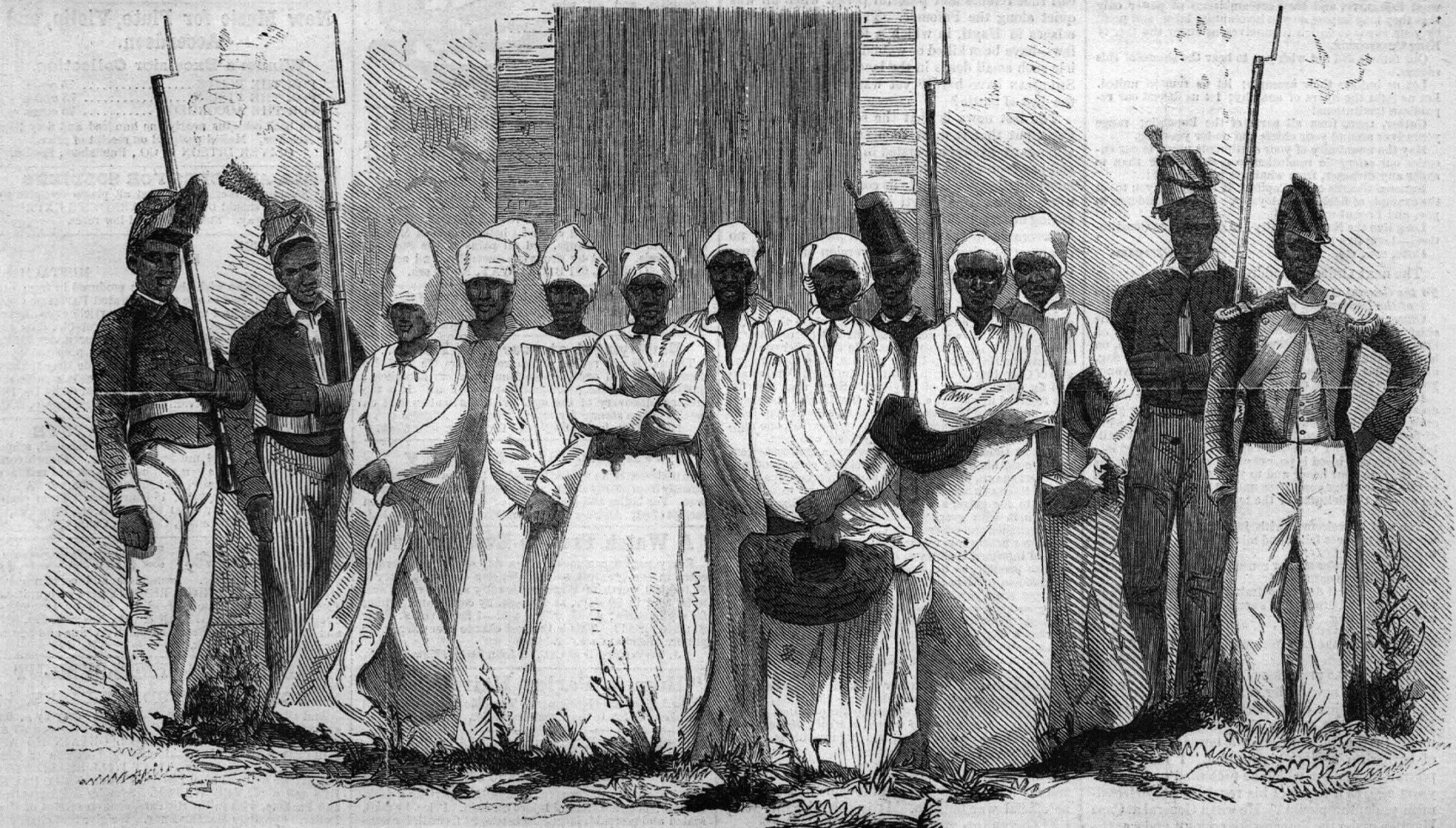
An engraving–probably made from a contemporary artist’s sketch–shows the eight Haitian “voodoo” devotees found guilty in February 1864 of the murder and cannibalism of a 12-year-old child. From Harper’s Weekly.
It was a Saturday, market day in Port-au-Prince, and the chance to meet friends, gossip and shop had drawn large crowds to the Haitian capital. Sophisticated, French-educated members of the urban ruling class crammed into the market square beside illiterate farmers, a generation removed from slavery, who had walked in from the surrounding villages for a rare day out.
The whole of the country had assembled, and it was for this reason that Fabre Geffrard had chosen February 13, 1864, as the date for eight high-profile executions. Haiti’s reformist president wished to make an example of these four men and four women: because they had been found guilty of a hideous crime—abducting, murdering and cannibalizing a 12-year-old girl. And also because they represented everything Geffrard hoped to leave behind him as he molded his country into a modern nation: the backwardness of its hinterlands, its African past and, above all, its folk religion.
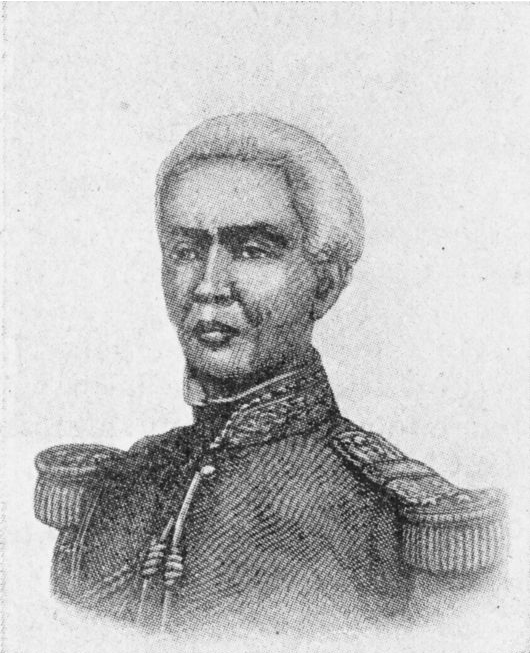
President Fabre Geffrard, whose efforts to reform Haiti ended in disappointment when he was accused of corruption and forced to flee the country by a violent coup.
Call that religion what you will—voodoo, vaudaux, vandaux, vodou (the last of these is generally preferred today)—Haiti’s history had long been intertwined with it. It had arrived in slave ships centuries earlier and flourished in backwoods maroon villages and in plantations that Christian priests never visited. In 1791, it was generally believed, a secret vodou ceremony had provided the spark for the violent uprising that liberated the country from its French masters: the single example of a successful slave rebellion in the history of the New World.
Outside Haiti, though, vodou was perceived as primitive and sanguinary. It was nothing but “West African superstition serpent worship,” wrote the British traveler Hesketh Hesketh-Pritchard, who walked across the Haitian interior in 1899, and believers indulged in “their rites and their orgies with practical impunity.” For visiting Westerners of this sort, vodou’s popularity, in itself, was proof that the “black republic” could not claim to be civilized.
It was hard to conceive of a case more likely to bring vodou, and Haiti, into greater disrepute than the murder that was being punished that Saturday in 1864. The killing had taken place in the village of Bizoton, just outside the gates of Port-au-Prince, and—at least according to the newspaper stories that fizzed over the world’s telegraph wires that spring—it was the work of a wastrel by the name of Congo Pelé, who had sacrificed his own niece in the hope of winning favor from the vodou gods.
Little is known for certain of the affaire de Bizoton. No trial transcripts survive, and the truth (as Kate Ramsey observes in her study of vodou and Haitian law) was long ago lost in a miasma of prejudice and misreporting. The most detailed account of the murder came from the pen of Sir Spenser St John, who was the British charge d’affaires in Port-au-Prince at the time—and St John’s account helped define Haiti as a place where ritual murder and cannibalism were commonplace, and usually went unpunished. The charge proved so influential that, as recently as 2010, the magnitude 7.0 earthquake that leveled much of the capital could still be blamed on a supposed “pact with the devil” that the country had signed by turning to vodou.
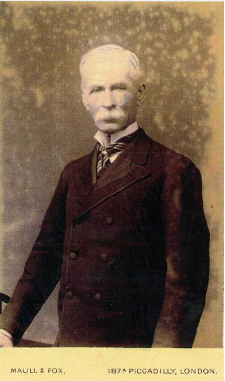
Sir Spenser St John, British charge d’affaires in Haiti during the 1860s, compiled by far the most detailed account of the Bizoton affair, and believed implicitly in the reality of child sacrifice by “vaudaux” worshipers.
For St John, who said he had “made the most careful inquiries” into the murder, the affaire seemed straightforward and hideous. Pelé, the diplomat reported, had been “a labourer, a gentleman’s servant an idler” who had grown resentful at his poverty and was “anxious to improve his position without exertion on his part.” Since he was the brother of a noted vodou priestess, the solution appeared obvious. The gods and spirits could provide for him.
Sometime in December 1863, Jeanne Pelé agreed to help her brother. ”It was settled between them,” St John wrote, “that about the new year some sacrifice should be offered to propitiate the serpent.” The only difficulty was the scale of Congo’s ambition. While “a more modest man would have been satisfied with a white cock or a white goat…on this solemn occasion it was thought better to offer a more important sacrifice.” Two vodou priests were consulted, and it was they who recommended that the Pelés offer up the “goat without horns”—that is, a human sacrifice.
Jeanne Pelé did not have to look far for a suitable victim. She chose her sister’s child, a girl named Claircine, who St John says was 12 years old at the time. On December 27, 1863, Jeanne invited her sister to visit Port-au-Prince with her, and, in their absence, Congo Pelé and the two priests seized Claircine. They bound and gagged her and hid her beneath the altar of a nearby temple. The girl stayed there for four full days and nights. Finally, after dark on New Year’s Eve, an elaborate vodou ceremony was held. At its climax—St John says—Claircine was strangled, flayed, decapitated and dismembered. Her body was cooked, and her blood caught and kept in a jar.
Writing a quarter of a century later, the diplomat spared his readers none of the unpleasant details of the bloody feast that followed; perhaps he calculated that they would not wish to be spared. He also set out the evidence that had been assembled against the Pelés and their associates, together with details of other cases that proved, he thought, that the murder was not an isolated incident.
Before asking whether Claircine really was sacrificed to African gods—let alone whether cannibalism was a normal part of vodou—it may help to know a little more about the place that the religion held in old Haiti. Vodou was, to begin with, the faith of most Haitians. As late as 1860, the country was only nominally Christian; the urban elite may have been more or less Catholic, but the mass of people in the countryside were not. Bible teachings posed awkward questions in a slaveholding society; thus, while the old French colony’s hated “Negro Code” had made it compulsory to baptize new slaves within eight days of their arrival, most plantation owners made no real attempt to Christianize them. Nor was it easy for any religion to take root in the brutal conditions in which most blacks worked. The climate, back-breaking labor and fever killed 10 percent of Haiti’s half-million-strong population every year and severely curtailed fertility. This meant, as Laurent Dubois notes, that fully two-thirds of the slaves in Haiti on the eve of the revolt of 1791 had been born in Africa. They brought with them their African religions, and scholars of vodou believe that its Catholic trappings were implanted not in Haiti, but in the coastal regions of the Congo, where local rulers converted to Christianity as early as the 15th century.
Matters scarcely improved after independence. Most Haitian rulers professed Christianity—they believed it important to identify with the free nations of the west. But they also insisted on a Haitian clergy, not to mention the right to appoint bishops. That the Catholic Church would not concede, with the result that in 1804 a schism occurred between Haiti and Rome. Since there were then no more than three churches still standing amid the rubble of the revolution, and six priests in the entire country, little progress was made in converting the people of the interior in the years before this breach was healed with a concordat signed in 1860.
The handful of clergymen who did serve in Haiti during these years were mostly renegades, Dubois writes: “debauched opportunists who got rich selling sacraments to gullible Haitians.” Vodou thrived in these conditions, and it was hardly surprising that when Geffrard’s immediate predecessor, Faustin Soulouque, was nominated as president in 1847, Haiti found itself ruled by a former slave who was an open adherent of the African religion.
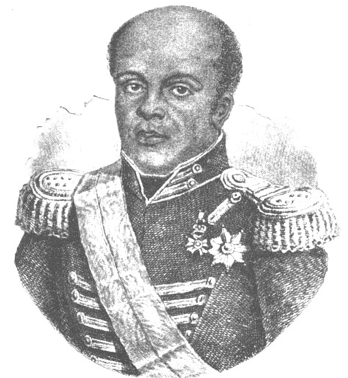
Faustin Soulouque—better known as Emperor Faustin I (1849-1859)—was the first Haitian leader to openly support vodou. A former slave, he derived “mystical prestige” from his association with the religion.
Knowing a little of the effects of the schism, and of Soulouque’s dubious 12-year regime, makes it easier to understand why Fabre Geffrard was so anxious to prosecute the principals of the affaire de Bizoton—and to label Claircine’s killers as vodouists. The concordat signed in March 1860 committed the president to making Catholicism Haiti’s state religion—and the executions of February 1864, which so clearly demonstrated Christian “orthodoxy,” took place just weeks before the priests of the first mission to the country arrived from Rome. The trial was followed up, moreover, by a redrafting of Haiti’s Code Pénal, which increased the fines levied for “sorcery” sevenfold and added that “all dances and other practices that…maintain the spirit of fetishism and superstition in the population will be considered spells and punished with the same penalties.” Under Geffrard, attempts were also made to curb other customs likely to upset the pope: the public nudity that was still common in the interior, and a 99 percent illegitimacy rate that was accompanied (Dubois says) by “bigamy, trigamy, all the way to septigamy.”
Geffrard was equally anxious to distance himself from Soulouque, who in 1849 had made the country something of a laughingstock by crowning himself Emperor Faustin I. He was not the first Haitian emperor—that honor belongs to Jean-Jacques Dessalines, who had ruled as Jacques I between 1804 and 1806—and although Murdo MacLeod argues that he was a shrewder ruler than most historians allow, he is usually portrayed as a buffoon. Lazy and poorly educated, Soulouque, it was widely believed, had been hand-picked by Haiti’s senate as the most malleable possible candidate for the presidency; unable to obtain a golden crown, he had been elevated to the throne wearing one made of cardboard. Once in power, however, the new emperor derived (MacLeod says) significant “mystical prestige” from his association with vodou. Indeed, it was widely thought he was in thrall to it, and St John noted that
during the reign of Soulouque, a priestess was arrested for having promoted a sacrifice too openly; when about to be conducted to prison, a foreign bystander remarked aloud that probably she would be shot. She laughed and said: ‘If I were to beat the sacred drum, and march through the city, not one, from the Emperor downwards, but would humbly follow me.’
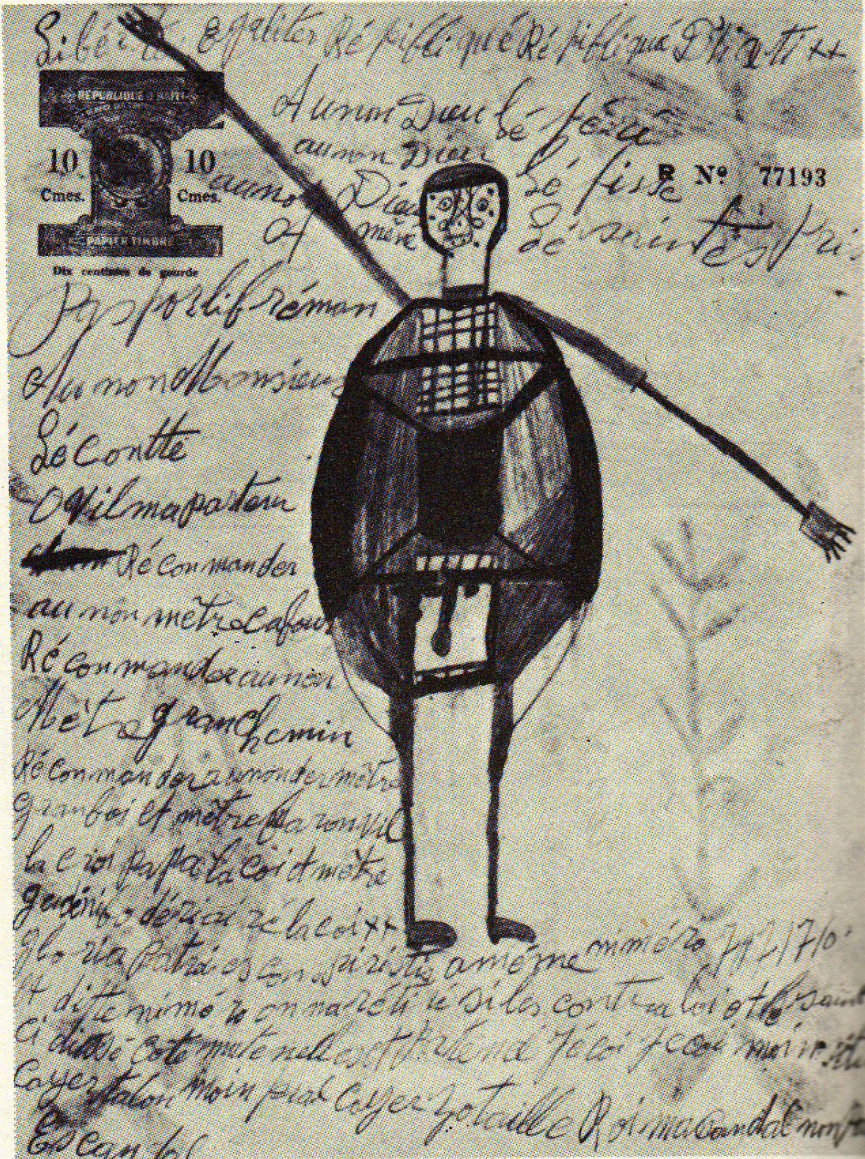
A “sorcerers’ passport,” offering safe passage to vodou initiates, obtained by Albert Métraux during his anthropological field work in Haiti in the 1940s. Kate Ramsey notes that the Haitian secret societies that issue these passports are linked to vodou and still form an active alternative (“nighttime”) system for delivering law and justice to their adherents.
What all this means, I think, is that vodou became a fault line running through the very heart of Haitian society after 1804. For most citizens, and especially for the rural blacks who had borne the brunt both of slavery and the struggle for independence, it became a potent symbol of old dignities and new freedoms: a religion that, as Dubois notes, helped “carve out a place where the enslaved could temporarily escape the order that saw them only as chattel property” during colonial times, and went on to “create communities of trust that stretched between the different plantations and into the towns.” For the local elite, who tended to be of mixed race and were often French-educated, though, vodou was holding Haiti back. It was alien and frightening to those who did not understand it; it was associated with slave rebellion; and (after Soulouque’s rise), it was also the faith of the most brutal and backward of the country’s rulers.
These considerations combined to help make Haiti a pariah state throughout the 19th century. Dessalines and his successor, Henry Christophe—who had every reason to fear that the United States, France, Britain and Spain would overthrow their revolution and re-enslave the population, given the chance—tried to isolate the country, but even after economic necessity forced them to reopen the trade in sugar and coffee, the self-governing black republic of Haiti remained a dangerous abomination in the eyes of every white state involved in the slave trade. Like Soviet Russia in the 1920s, it was feared to be almost literally “infectious”: liable to inflame other blacks with the desire for liberty. Geffrard was not the only Haitian leader to look for ways to prove that his was a nation much like the great powers—Christian, and governed by the rule of law.
With all that borne in mind, let us return to the Haiti of 1864 and the affaire de Bizoton. There is no need to assume that Spenser St John was a wholly unreliable observer; his account of the legal proceedings that took place that year chimes well with contemporary press coverage. There are a few discrepancies (Claircine is stated in newspaper sources to have been seven or eight, not 12), but the journalists’ accounts are, for the most part, more purple and more partial than the diplomat’s.

Artist’s impression of a “vodou murder”–a product of the sensation caused by St John’s book Hayti, or, The Black Republic, which included allegations of murder and cannibalism.
What’s most interesting about St John’s account is his admission that the trial was open to criticism. His chief concern was the use of force to beat confessions out of suspects. “All the prisoners,” the diplomat observed, “had at first refused to speak, thinking that the Vaudoux would protect them, and it required the frequent application of the club to drive this belief out of their heads.” Later, hauled up before the judge, the prisoners “were bullied, cajoled, cross-questioned in order to force avowals, in fact to make them state in open court what they were said to have confessed in their preliminary examinations.”
The beatings produced the evidence that Geffrard’s government required, but also at least one disputed confession. It came from one Roséide Sumera, who had admitted to eating “the palms of the victims hands as a favourite morsel,” and whose evidence was vital to the prosecution. Sumera, St John recalled, had “entered into every particular of the whole affair, to the evident annoyance of the others, who tried in vain to keep her silent,” and it was thanks to her testimony that “the guilt of the prisoners was thus fully established.” Yet even St John had his doubts about Sumera’s evidence: “I can never forget,” the diplomat conceded, “the manner in which the youngest female prisoner turned to the public prosecutor and said, ‘Yes, I did confess what you assert, but remember how cruelly I was beaten before I said a word.’ ”
The fact that Roséide Sumera fought for her life in court does not mean that she was innocent, of course. St John remained convinced of her guilt, not least because physical evidence was produced to back up witness testimony. A “freshly boiled” human skull had been found concealed in bushes outside the temple where the ritual had apparently occurred, and the prosecutor also produced a pile of bones and two eyewitnesses who—it was claimed—had not participated in the murder. They were a young woman and a child, who had watched from an adjoining room through chinks in the wall.
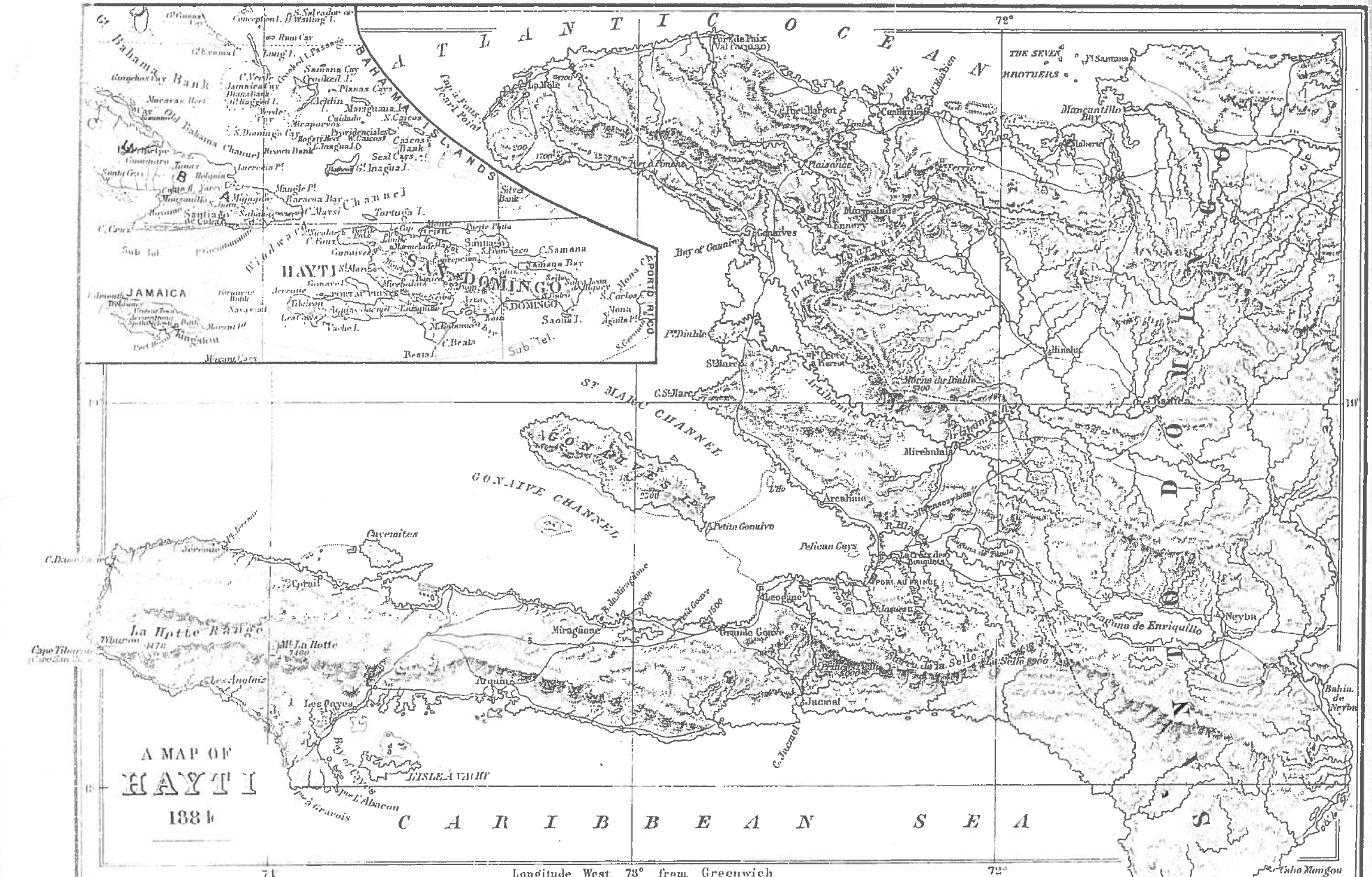
Haiti in the 19th century, occupying the western third of the island of Hispaniola (French Saint-Domingue). Port-au-Prince lies at the northeast corner of the southern peninsula. The village of Bizoton (not marked) was directly to the west. Click to view in higher resolution.
The child’s evidence was especially compelling. It was probably at least as important as Sumera’s in securing convictions, not least because it appeared that she had been intended as a second victim. The girl had been found, according to St John’s account, tied up under the same altar that had concealed Claircine; had Pelé not been stopped, he wrote, the intention was to sacrifice her on Twelfth Night (January 5), the most sacred date in the vodou calendar. Even so, the child’s statement was not complete:
She told her story in all its horrible details; but her nerves gave way so completely, that she had to to be taken out of court, and could not be again produced to answer some questions the jury wished to ask.
As for the young woman who had, for obscure reasons, accompanied the girl to the ceremony, her testimony was at best equivocal. She confirmed that the feast had taken place, but according to at least one account, also confessed to eating leftovers from the cannibals’ meal the next morning. The public prosecutor admitted to St John that “we have not thought proper to press the inquiry too closely” in this woman’s case, adding: “If full justice were done, there would be fifty on those benches instead of eight.”
If much oral testimony was debatable, then, what of the physical evidence? That a human skull and several bones were produced in court seems undisputed; that they were Claircine’s, though, appears less certain. Ramsey suggests that they may have been the remains of some other person—who may have died of natural causes—prepared for some other ritual. (see editors’ note below) And some accounts of the trial are curious in other ways. St John states that the other bones were “calcined” (burned) but still intact, whereas New Zealand’s Otago Witness—in a typical example of the contemporary news coverage—reported that they had been “reduced to ashes.”
As for the allegation, made by St John, that cannibalism was a normal feature of life in 19th century Haiti: the evidence here is thin in the extreme. Writing in The Catholic Encyclopedia in 1909, John T. Driscoll charged—without providing details—that ”authentic records are procurable of midnight meetings held in Hayti, as late as 1888, at which human beings, especially children, were killed and eaten at the secret feasts.” Close reading, though, shows that there are only two other “firsthand” accounts of vodou ceremonies involving cannibalism: one from a French priest during the 1870s, and the other from a white Dominican a decade later. Both are unsupported; both are suspect, not least for the claim that both supposed eyewitnesses penetrated a secret religious ceremony undetected, wearing blackface. Unfortunately, both were also widely disseminated. Added to St John’s accounts–which included the charge that “people are killed and their flesh sold at the market” in Haiti, they profoundly influenced Victorian scribblers who had never visited the island. In 1891, observes Dubois, “one writer admitted that he had never actually seen a Vodou ritual, but he nevertheless described in vivid detail–complete with practitioners ‘throwing themselves on the victims, tearing them apart with their teeth and avidly sucking the blood that boils from their veins.’ Each day, he wrote, forty Haitians were eaten, and almost every citizen of the country had tasted human flesh.”
This matters. Ramsey and Dubois, to name only two of the historians who see Claircine’s case as central to Haiti’s history, both argue that it helped to create perceptions that have lingered to the present day. The idea that Haiti was uncivilized and inherently unstable was used to justify an American military occupation that began in 1915 and ran for 20 years; many even today remain convinced that the depressing aspects of the country’s history were products of its innate “backwardness” and not, as scholars of Haiti argue, the real problems that the country faced during the 18th and 19th centuries.
Much, certainly, can be attributed to the crushing burden of debt imposed by France in 1825 as a condition of recognizing independence. This indemnity, which amounted to 150 million francs (about $3 billion today), plus interest, compensated slaveholders for their losses—so, as the Haitian writer Louis-Joseph Janvier furiously observed, his people had paid for their country three times over: in “tears and sweat,” as captive labor; in blood, during the revolution, and then in cash, to the very men who had enslaved them. As late as 1914, Dubois notes, 80 percent of the Haitian budget was swallowed up by interest payments on this debt.
All of which does make the executions of February 1864 a transforming moment in Haitian history–so much so that it was perhaps appropriate that they were botched. Wrote Spenser St John:
The prisoners, tied in pairs, were placed in a line, and faced by five soldiers to each pair. They fired with such inaccuracy that only six fell wounded on the first discharge. It took these untrained men fully half an hour to complete their work… the horror at the prisoners’ crimes was almost turned into pity at witnessing their unnecessary sufferings…. They were seen beckoning the soldiers to approach, and Roseíde held the muzzle of a musket to her bosom and called on the man to fire.
Editors’ note, June 12, 2013: The sentence above referring to Kate Ramsey and physical evidence at the trial has been stricken-through because it is incorrect. She made no such suggestion.
Anon. “Horrible superstition of the Vandoux heretics.” Otago Witness, 29 October 1864; John E. Baur. “The Presidency of Nicolas Geffrard of Haiti.” In The Americas 10 (1954); Jean Comhaire. “The Haitian Schism, 1804-1860.” In Anthropological Quarterly 29 (1956); Leslie Desmangles. “The Maroon Republics and Religious Diversity in Colonial Haiti.” In Anthropos 85 (1990); Leslie Desmangles. The Faces of the Gods. Vodou and Roman Catholicism in Haiti. Chapel Hill: University of North Carolina Press, 1992; John T. Driscoll. “Fetishism.” In The Catholic Encyclopedia vol.6. New York: Robert Appleton Company, 1909; Laurent Dubois. “Vodou and History.” In Comparative Studies in Society and History 43 (2001); Laurent Dubois. Haiti: The Aftershocks of History. New York: Metropolitan Books, 2013; François Eldin. Haïti: 13 Ans de Séjour aux Antilles. Toulouse: Société des Livres Religieux, 1878; Alfred N. Hunt. Haiti’s Influence on Antebellum America: Slumbering Volcano in the Caribbean. Baton Rouge: Louisiana State University Press, 1988; Michael Laguerre. “The place of voodoo in the social structure of Haiti.” In Caribbean Quarterly 19 (1973); Murdo J. MacLeod. “The Soulouque Regime in Haiti, 1847-1859: A Re-evaluation.” In Caribbean Studies 10 (1970); Albert Métraux. Voodoo in Haiti. London: Andre Deutsch 1959; Nathaniel Samuel Murrell. Afro-Caribbean Religions: An Introduction to Their Historical, Cultural and Sacred Traditions. Philadelphia: Temple University Press, 2010; William W. Newell. “Myths of Voodoo Worship and Child Sacrifice in Hayti.” In Journal of American Folk-Lore 1 (1888): Pierre Pluchon. Vaudou, Sorciers, Empoisonneurs: De Saint-Domingue á Haiti. Paris: Editions Karthala, 1987; Kate Ramsey. “Legislating ‘Civilization’ in Post-Revolutionary Haiti.” In Henry Goldschmidt and Elizabeth McAlister (eds), Race, Nation and Religion in the Americas. New York: Oxford University Press, 2004; Kate Ramsey. The Spirits and the Law: Vodou and Power in Haiti. Chicago: University of Chicago Press, 2011; Spenser Buckingham St John. Hayti, or the Black Republic. London: Smith, Elder, 1889; Bettina Schmidt. “The interpretation of violent worldviews: cannibalism and other violent images of the Caribbean.” In Schmidt and Ingo Schröder (eds). Anthropology of Violence and Conflict. London: Routledge: Routledge, 2001.
/https://tf-cmsv2-smithsonianmag-media.s3.amazonaws.com/accounts/headshot/mike-dash-240.jpg)
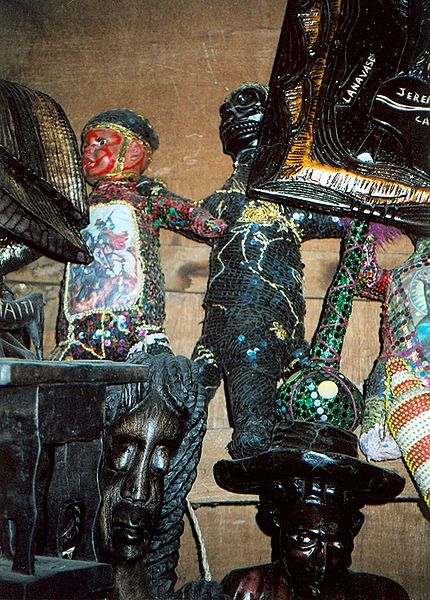

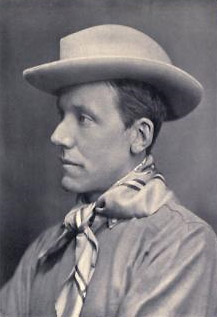
/https://tf-cmsv2-smithsonianmag-media.s3.amazonaws.com/accounts/headshot/mike-dash-240.jpg)